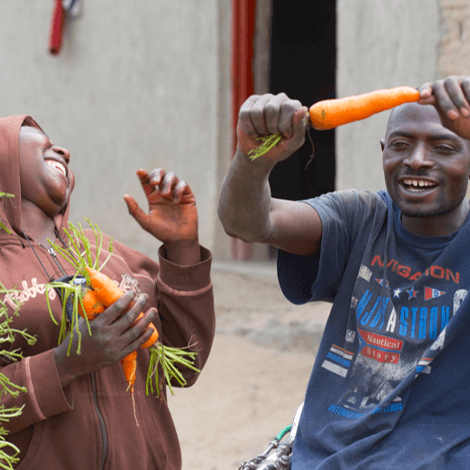In the recent past, many newspapers in the region, including this one, have published stories about how Rwanda is planning to abandon the standard gauge railway that will connect Mombasa to Kigali through Uganda.
Let me first reiterate that the Rwanda government has opted for the standard gauge railway, as it is faster and more efficient and will therefore lower transportation costs, helping to accelerate economic growth.
The EAC railways master plan incorporates the standard gauge railway’s Northern and Central Corridors, which are both commercially viable for Rwanda as they give the country strategic access to the ports of Mombasa and Dar es Salaam.
The Northern Corridor Integration Projects (NCIP) championed by Rwanda, Kenya and Uganda spearheaded the establishment of a railway link from Mombasa to Kigali.
In June 2013, a Northern Corridor Integration Projects Heads of State Summit held in Kampala put in place mechanisms for fast-tracking the development of the SGR.
A tripartite agreement for the development and operation of the SGR from Mombasa-Kampala-Kigali with branch lines to Kisumu and Pakwach/Gulu-Nimule was signed in August 2013.
During the 3rd NCIP Summit held in Kigali on October 28, 2013, South Sudan agreed to join the SGR initiative and a protocol for the development of the SGR was later signed in May 2014. The protocol, which sets the basis for harmonisation of the project implementation, was ratified by the four partner states in 2015.
On December 10, 2015, the NCIP Summit held in Rwanda took note of the steady progress in the construction works of the Mombasa-Nairobi section, which had reached 60 per cent completion.
The Summit also noted the funding agreement for the Nairobi-Naivasha section with Exim Bank of China. Kenya also indicated that it had received the draft commercial contracts for the Naivasha-Malaba section.
The Heads of State directed the Council of Ministers to finalise preparation of bankable project proposals for the remaining sections on the eastern, western and southern routes and the Mirama-Kigali section.
The last NCIP Summit held in Kampala on April 23 this year welcomed the progress in the construction works on the Mombasa-Nairobi section, noting that it was now 75 per cent done and was on course for completion in June 2017. The Nairobi-Naivasha section is due to start in September 2017.
Rwanda’s commitment to the realisation of a fully operational SGR still holds. In fact, Rwanda and Uganda are conducting the required studies that will allow the implementation of the sections from Kampala to Kigali.
With the exception of the meetings mentioned above at the summit level, there is no other meeting that has been held in which Rwanda indicated its wish to exit from the SGR-Northern Corridor. Media speculation to this effect is far-fetched and does not define Rwanda’s objectives.
As with the Northern Corridor, Rwanda, Tanzania and Burundi have agreed to jointly construct a new standard gauge railway line from Dar es Salaam to Isaka to Kigali with a link to Burundi that will run from Keza to Musongati via Gitega.
Source: The East African
Disclaimer: The views and opinions expressed in this article are those of the authors and do not necessarily reflect the official policy or position of TradeMark Africa.

